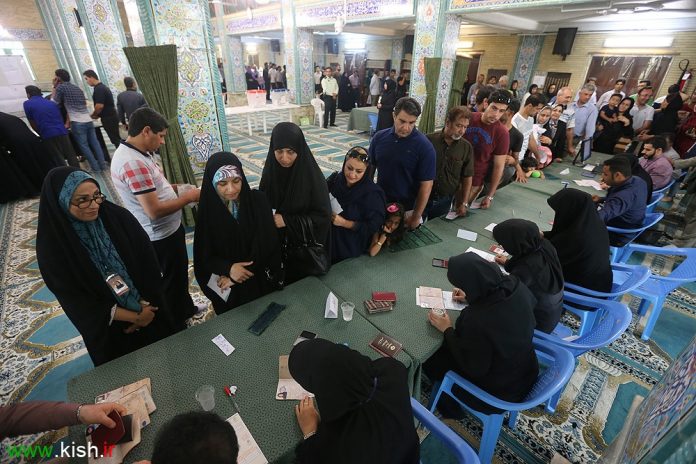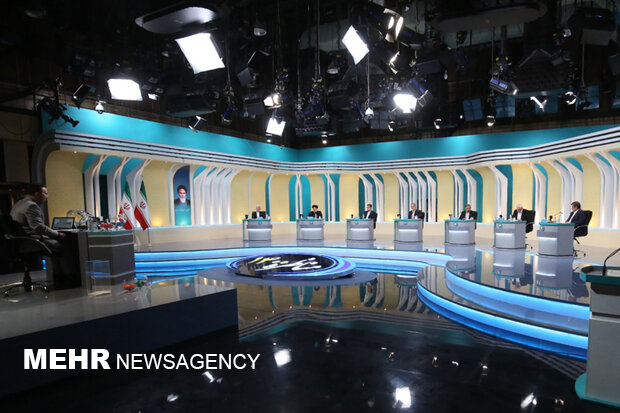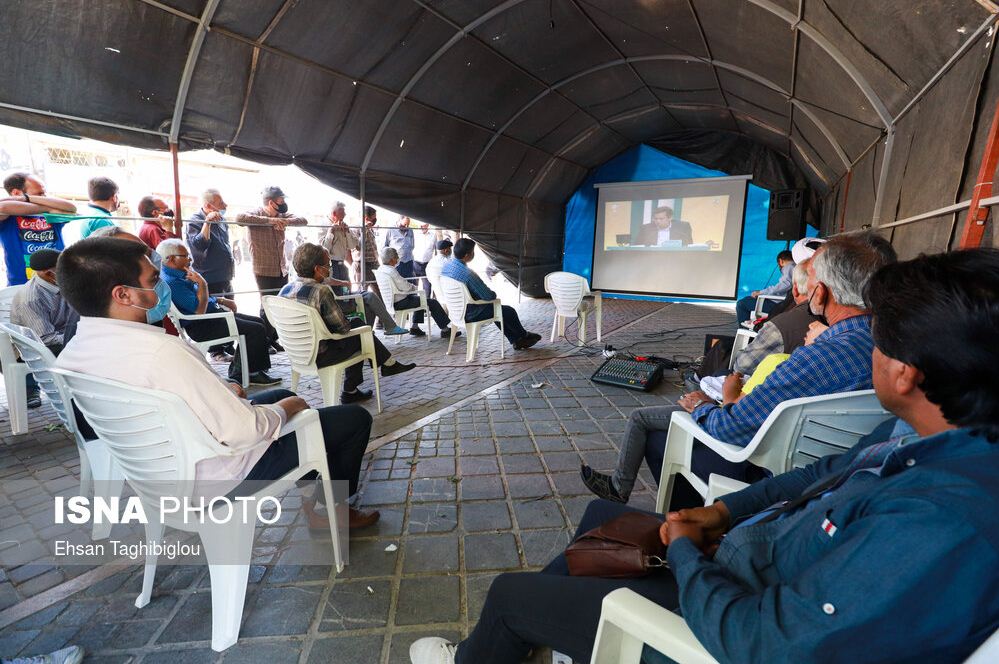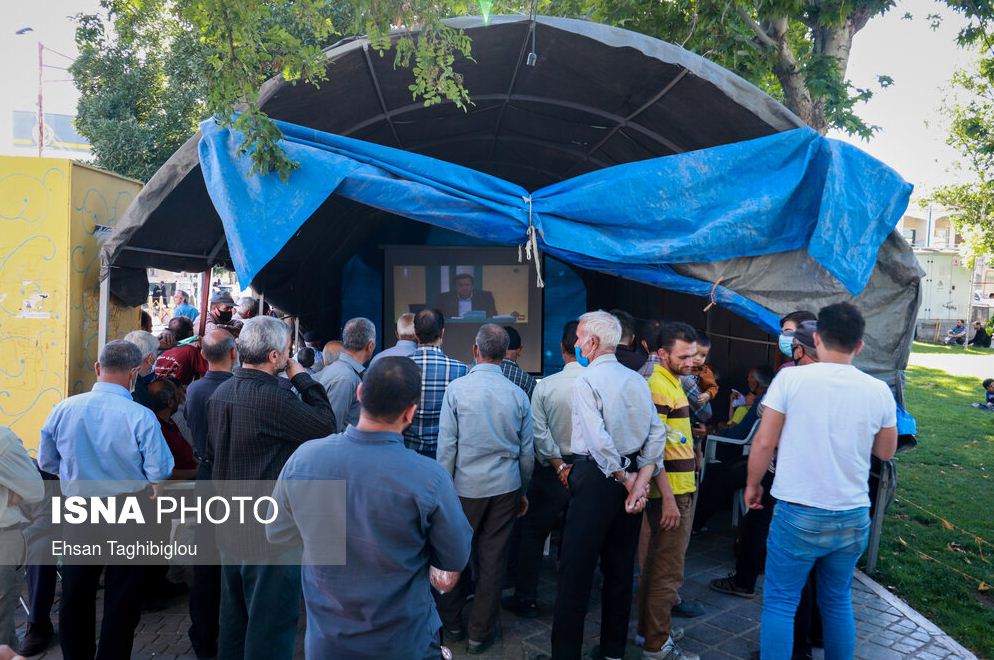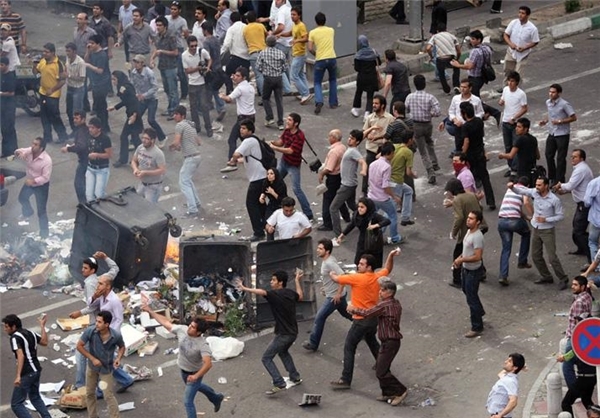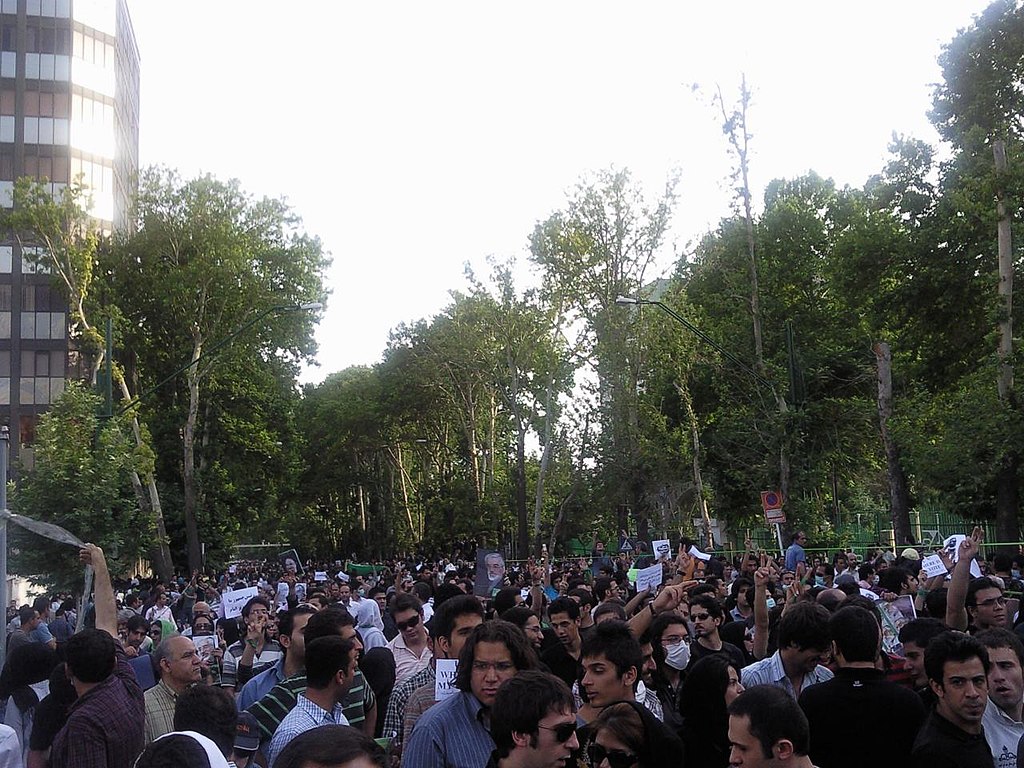Today, the final result was officially announced for the presidential election in Iran. The presidential election is the most prominent in the country in which the second powerful man in the political system is directly elected per 4 years.
Except this, we have three other elections which are periodically held in the country, i.e. the elections for the Parliament (every 4 years), the Local Councils in cities and villages (every 4 years), and the Assembly of experts (who appoint the Supreme Leader) (every 8 years). Every 18-year-old Iranian -or higher- can participate in all the national elections.
Process of election
The election system in Iran may be vague and unrecognizable for many, because of the special Islamic Republic governance system. So, let me describe the presidential election process in Iran to understand how competitive and democratic it is.
First of all, anyone within the range of 40-75 years old, holding a university degree of Masters or higher, and with at least 4 years of high-level management experience inside the government can register to become a candidate.
Second, the candidates must be approved by the Guardian Council. This Council consists of 6 Islamic Faqihs (Islamic laws expert) assigned by the Supreme Leader and 6 jurists selected by the Parliament. According to Article 115 of the current Iranian constitution, the president must be a “religious and political” person with these qualifications: “Iranian origin; Iranian nationality; administrative capacity and resourcefulness; a good past-record; trustworthiness and piety; convinced belief in the principles of the Islamic Republic of Iran and the official madhhab –Shia– of the country” (Here). The Guardian Council is responsible to diagnose these qualifications for the candidates. This is in fact, the most critical step from a lens of democracy. The Council often approves about 4 to 10 candidates in presidential elections to compete.
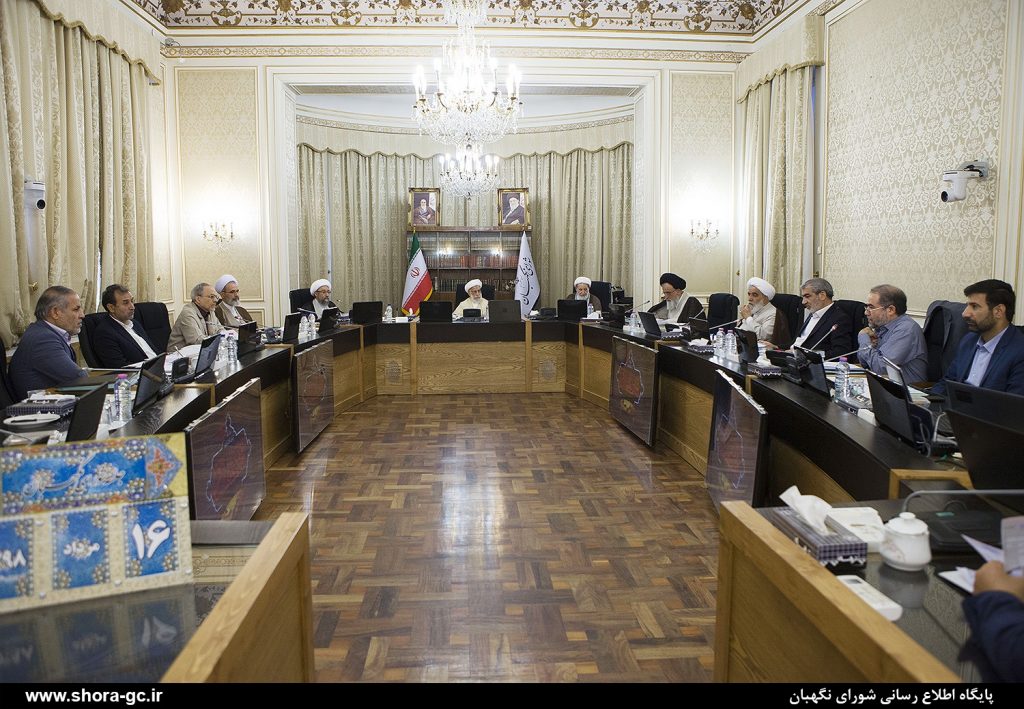
Third, all the approved candidates start advertising and traveling around the country (of course, not this year because of COVID). National Television also gives equal opportunities for the candidates to express their competencies and plans and broadcasting their documentaries. An interesting TV program in the recent elections has been the Presidential Debates in which candidates have direct dialogues. These Debates have often changed the election results according to poll survey trends.
Forth, one day before Election Day, there is no advertisement. Of course, the debates continue informally on social network platforms. The presidential Election Day is usually a Friday in May or June from about 8 AM until 10 PM. The mosques, universities, schools, and other public places are hosts to ballot boxes all around the country.
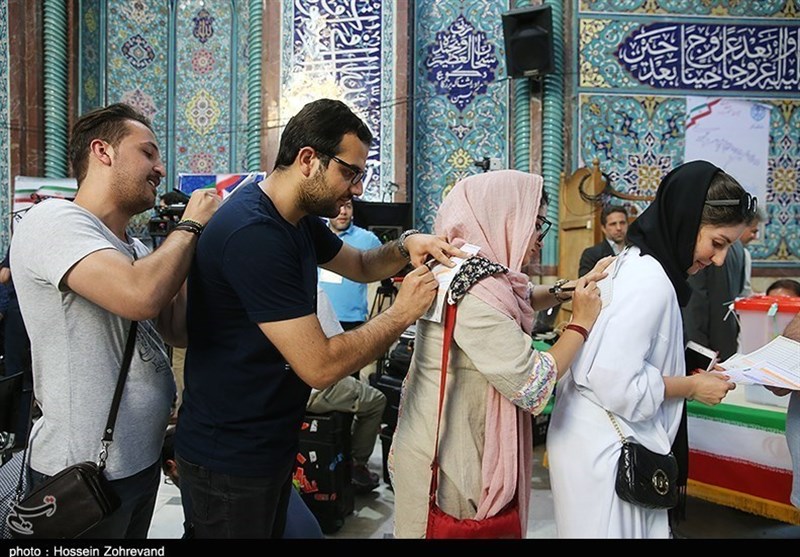
Fifth, the votes are counted in each voting area by the volunteer people. The counting process is supervised for each ballot by the representatives from the Guardian Council, the current government, and the candidates. After that, the results are reported and collected in the center. The final result for the presidential election is often announced not later than 24 hours by the Ministry of Interior.
Sixth, the Council of Guardian finally approves the process. The new president starts his job after about two months.
What roles do the Parties play in the election?
If you ask me if we have political parties in Iran, my answer is yes, but again, not like you may imagine! Of course, if there are any prominent political parties in a country, you have to easily find them in the most important political event, i.e., the national elections. But if you look at the presidential elections in Iran, you may be confused! For example, in the recent election, all 7 candidates identified themselves as “independent” without any relations to any parties. And that’s not wrong! They were not representing or obeying any parties -they had their own individual plans- and framed themselves as a new person -hero! This really makes the right selection very difficult.
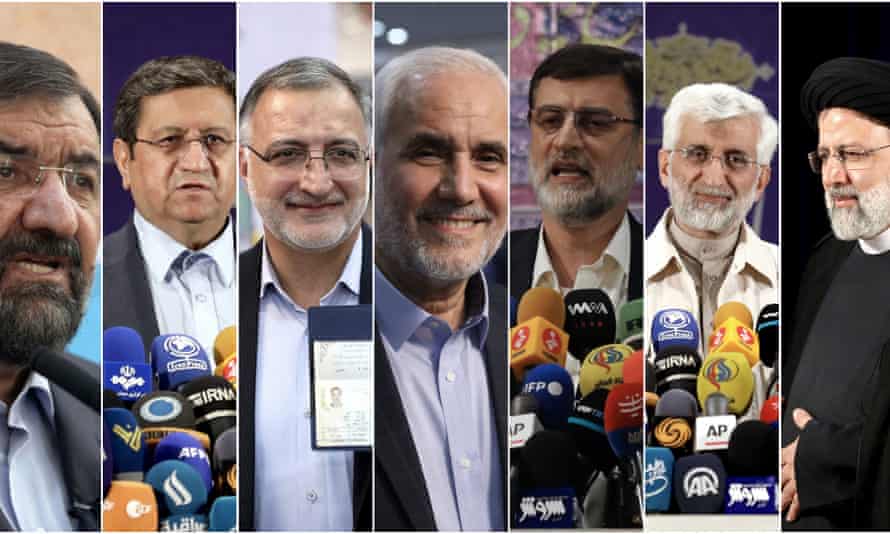
Thus, we don’t see any partisan organizing in Iran -with their key persons, internal elections and rules, etc. But two main camps are prominent in the political sphere of the country after the revolution. Each of these has its own ideology and social body:
- Principlists, also known as Revolutionaries (the Right-wing). Trying to protect/revive the principles of the Islamic Revolution. Independence, sovereignty, and Vilayat Faqih (link) are their main slogans.
- Reformists (the Left-wing). Following the western type of development, modernity, and liberty. They vote for normalization and de-escalation in international relations with West.
Most of the elections in the country, finally become the competition between these two camps. Therefore, we can somehow see an organic bi-partisan system in Iran. The second camp has usually more fans among the educated youngsters and citizens of most large cities like Tehran. However, the national surveys show that most of the population is not affiliated with any political groups. They often decide to select their candidate in the last days before the election.
In some of the past elections, this bi-partisan competition -and conflict- raised so much. The presidential election in 2009 may be the most prominent example with a participation rate of more than 80% of the country’s population. The conflicts even continued for more than one whole year after the election.
The 2021 presidential election in Iran
This year, Ra’isi, the former Chief Justice of Iran was elected for the presidency who is close to the Principlist camp. Also, the country experienced the least participation rate after the Islamic Revolution, 48%. Except for the COVID-19 crisis, it was mostly because the reformists didn’t offer any powerful alternative candidate -and some of their candidates were rejected by the Council of Guardians. Also, the current president, Rouhani, was nominated and supported by the reformist camp but was not so successful in addressing the economic and pandemic issues making the reformist social body hopeless of future improvements.



